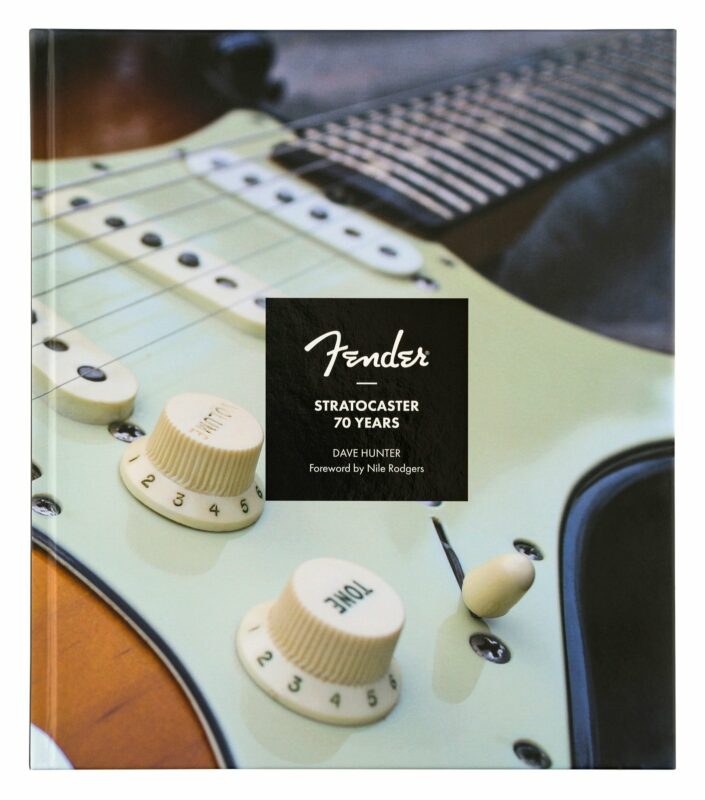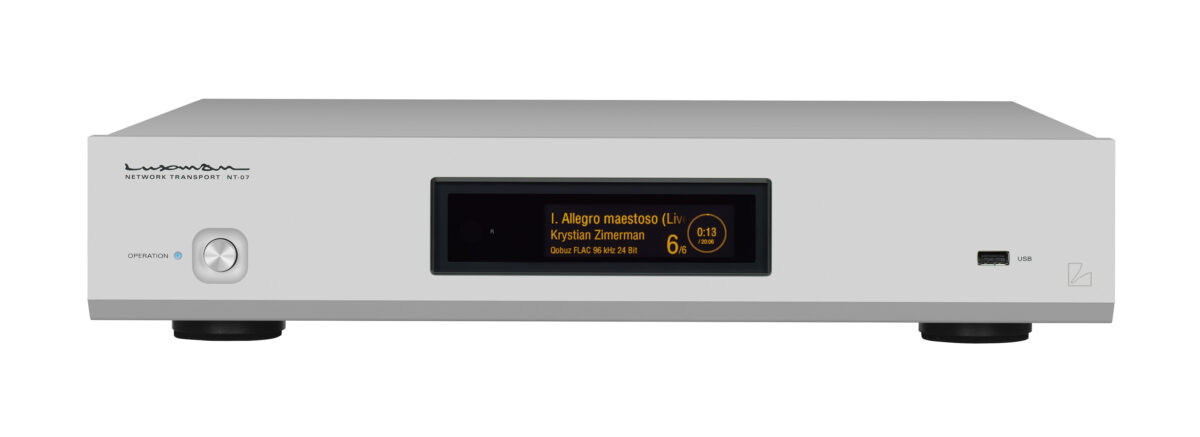
In an industrial park just outside Montreal, a company called D-BOX is adding an entirely new dimension to the home-theater experience.
D-BOX has invented a technology that translates onscreen movement to motion in your viewing chair, adding a visceral thrill to movie watching. All you have to do is pop a DVD into any player, sit in a special D-BOX motion-simulation chair or in a conventional chair atop a D-BOX platform, and hang on for the ride.
The D-BOX system is composed of two elements. The first is the motion-simulation chairs containing the electro-mechanical actuators that make them move. You can install conventional home-theater seating on DBOX’s motion platform (what the company calls the Odyssee system), or choose stand-alone Quest chairs that require no special installation. The actuators are driven by an outboard box about the size of a large DVD player called the Kinetron Controller.
The second element of D-BOX, and where the real magic lies, is the “motion codes” that tell the motionsimulation systems how to move.
Creating the motion codes is a highly sophisticated process—one that distinguishes D-BOX from “shaker” chairs that merely vibrate when fed by a subwoofer signal. D-BOX employs six full-time “kinetic artists” who painstakingly program every motion down to the smallest detail. It takes two to four weeks of full-time work to program one film. While sitting on a motion platform, the programmer watches the film and selects the combination of motion-simulation movements that best conveys what’s happening on the screen. He may watch a particular three-second segment dozens of times to find just the right movements and vibrations to create the impression that the viewer is experiencing the onscreen action. The frequency and amplitude of the movement and vibration are then tweaked and perfectly synchronized with the film. A film may have as many as 5500 individual motion cues.
The motion codes for the more than 400 films D-BOX has encoded thus far are stored on a hard drive inside the Kinetron Controller. Codes for newly released films are sent to DBOX owners in monthly CD updates, and are also available for download on the Internet. The D-BOX controller automatically recognizes the DVD that is playing and loads the appropriate motion codes. In addition to the library of more than 400 encoded films, (a full list is at www.D-BOX.com), D-BOX creates motion codes for about twelve new films per month.
I’ve had two short (five minute) demos of D-BOX at trade shows, and about an hour of seat time at the company’s factory during a recent visit. The two experiences were radically different. In the short demos, I was consciously aware of the novelty of a moving chair and paid attention to how onscreen action was being translated into seat movement.
The experience was interesting, but not compelling. Once I sat in the chair for more than a few minutes, however, and watched an extended scene, I no longer focused on the seat motion; instead, I became involved in the film in a completely new way. The motion seemed a natural extension of the movie. In action scenes such as the Mini chase toward the end of The Italian Job, D-BOX amped up the thrill factor to the point where I felt my heart beating harder and my palms getting sweaty. D-BOX created a more immersive and compelling experience, and was loads of fun.
On the factory tour, I had the opportunity to examine the actuators and support mechanisms that make the chairs move. I was greatly impressed by the massive construction and fine machining of the parts. This is serious hardware. I learned that the most powerful of these actuators can each lift 600 pounds as much as 1.5″ 200 times per second. Each actuator contains an optical encoder that tells the Kinetron Controller the actuator’s precise position at any given moment. The actuators can move slowly up and down while simultaneously moving quickly up and down—representing, for example, a car going over a hill while the engine is vibrating.
You’re probably wondering how much a D-BOX system costs. The Quest chair sells for $5300 in NuSuede with a manual recliner. A leather version with motorized recliner is $6999. Add $2999 for the Kinetron Controller, which can control up to four chairs. You can use your PC as the Controller with a $799 kit from DBOX, saving $2200. The Odyssee platform system ranges in price depending on how many chairs you intend to mount on the platform and how many axes of movement you want (two axes or three). A full-blown Odyssee system can run up to $30k. This isn’t cheap, but D-BOX is like nothing you’ve experienced before.
D-BOX has more than 100 U.S. dealers, all of whom can demonstrate the system. If you take D-BOX for a test drive, be sure to spend at least 30 minutes watching a movie you like. But be forewarned: The demo may immediately induce you to get out your checkboo

By Robert Harley
My older brother Stephen introduced me to music when I was about 12 years old. Stephen was a prodigious musical talent (he went on to get a degree in Composition) who generously shared his records and passion for music with his little brother.
More articles from this editorRead Next From News
See all
The New Sonore opticalRendu Deluxe Has Arrived
- Apr 17, 2024

FENDER STRATOCASTER® 70TH ANNIVERSARY BOOK
- Apr 15, 2024

PowerZone by GRYPHON DEBUTS AT AXPONA
- Apr 13, 2024



















